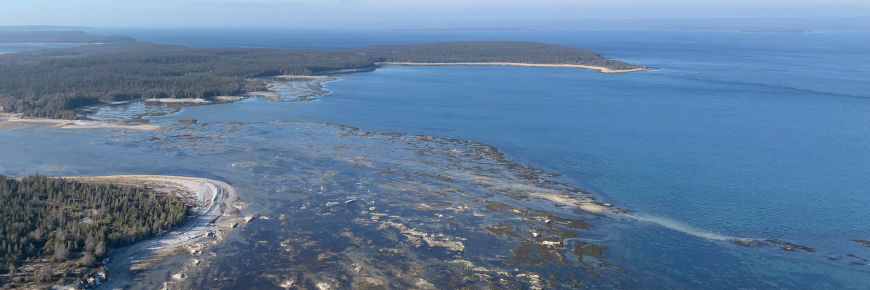
Vascular Plants
Mingan Archipelago National Park Reserve
The Mingan Archipelago National Park Reserve has an impressive biodiversity of vascular plants with more than 490 species listed in several types of terrestrial and aquatic habitats that covers an area of approximately 100 km2.
The position of the islands in the Gulf of St. Lawrence, the postglacial geomorphologic processes involved in their formation, as well as the maritime seasonal temperatures and cycles, typical of the boreal climatic zone, have enabled the creation of various ecological environments juxtaposed on the islands of the archipelago.
In addition to the conifer stands characteristic of the boreal zone, the reserve is home to shrub and herbaceous vegetation typical of the subarctic and arctic zones. There are therefore plant species representative of the boreal and the maritime tundra forests, distinctive species of wetlands and subarctic transition forest, as well as some species usually associated with the Canadian Cordillera.
Diversity:
Minerotrophic Peat Bogs
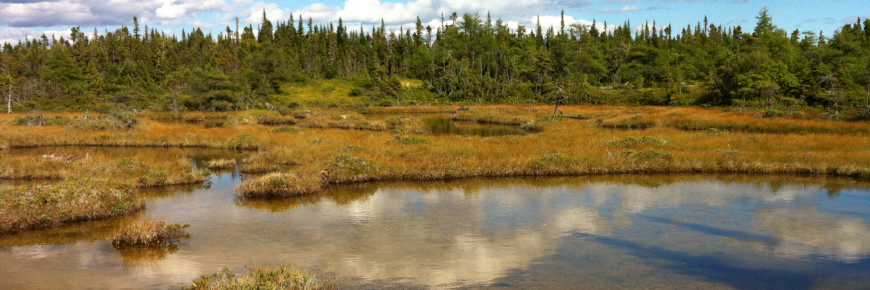
The greatest floristic diversity of the archipelago can be found in the minerotrophic peat bogs. This species richness is mainly attributed to the very specific ecological conditions created by the contact of groundwater with calcareous rocks, making the soil less acidic and richer in minerals. Among the many plants inhabiting this environment are several species of orchids.
Some species present in minerotrophic peat bogs:
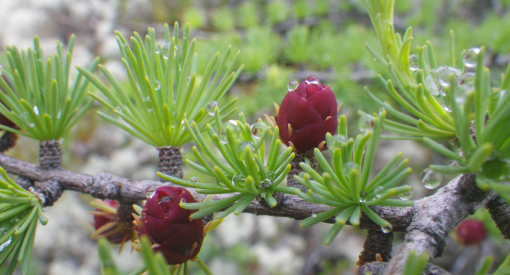
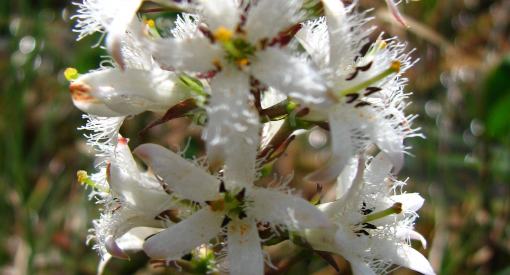
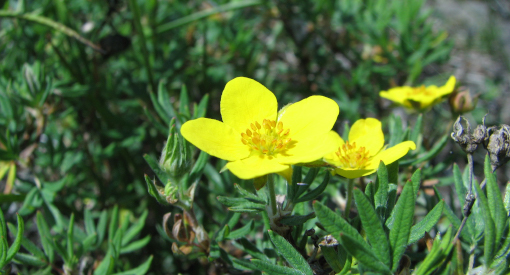
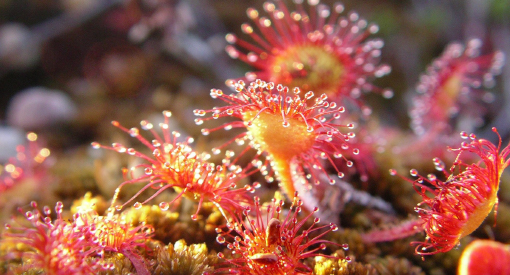
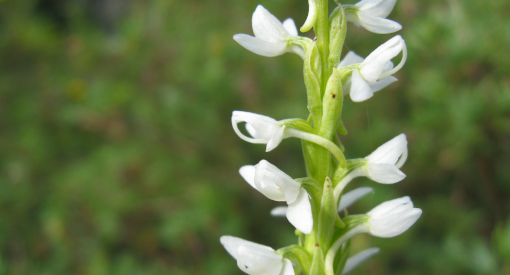
Ombotrophic Peat Bogs
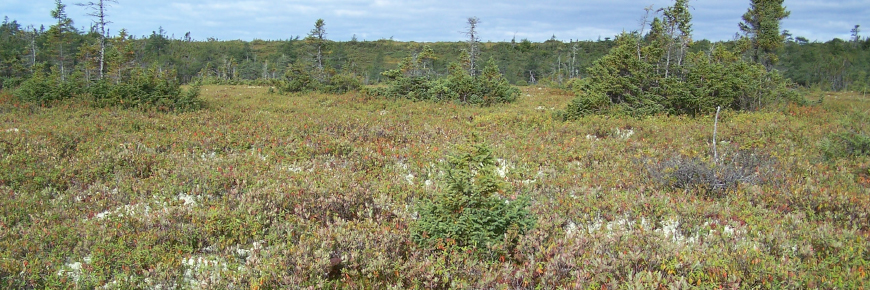
Ombrotrophic peat bogs have lower biodiversity than minerotrophic peat bogs, but their ecological roles are just as important. The soil in these ecosystems is more acidic and less rich in nutrients. In the transition zones between the peat bogs and the boreal forest we find the Labrador tea, a shrub used by the Innu and the local inhabitants as a remedy once infused as a hot beverage.
Some species present in ombrotrophic peat bogs:
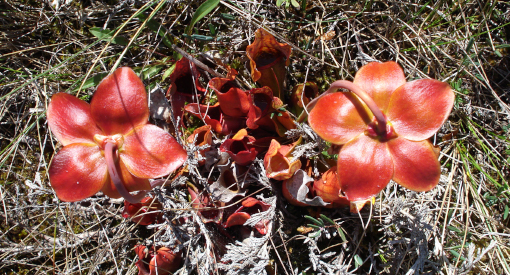
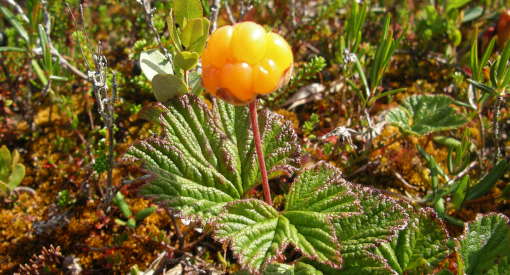
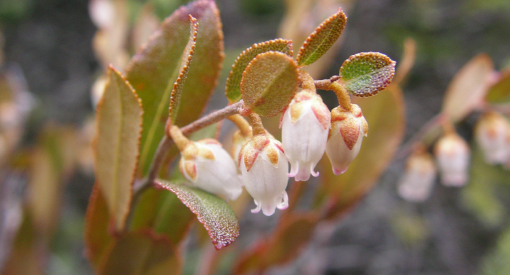
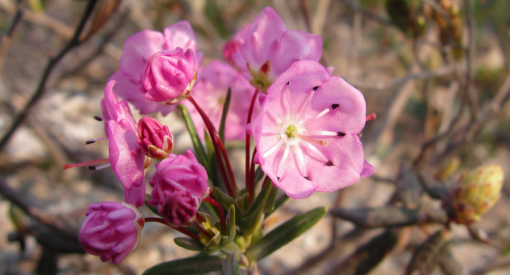
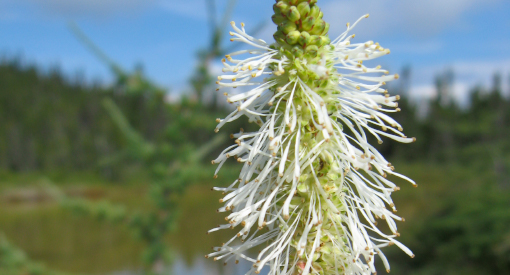
Boreal Forest
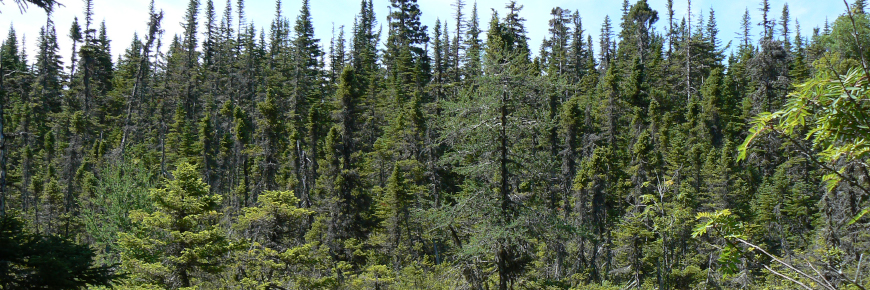
The boreal forest of the Mingan Archipelago National Park Reserve consists mostly of stands of mature conifers, mainly balsam fir with a mixture of black spruce and white birch. Using their underground rhizomes, several herbaceous plants can form a significant vegetation cover, often sharing this habitat with a few perennials.
Some species present in the boreal forest:
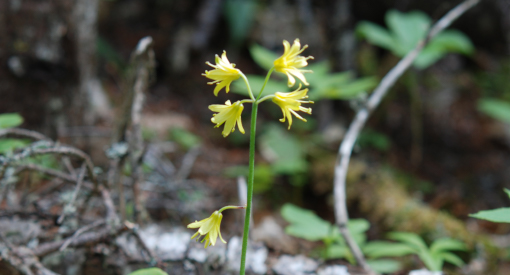
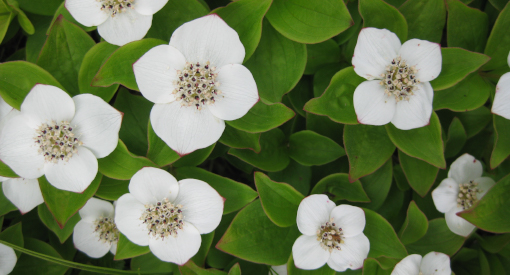
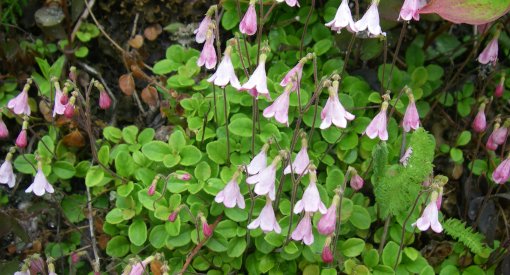
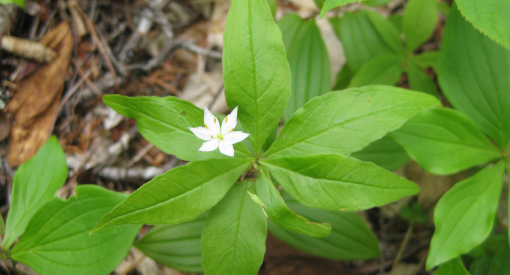
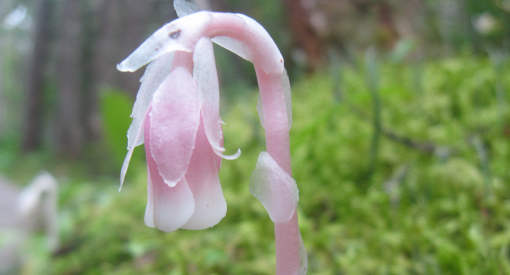
Barrens
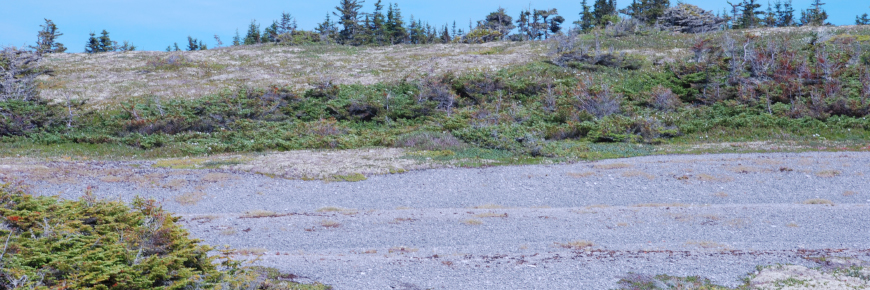
Wind exposure and the level of snow cover greatly determine the plant composition of the barrens of the Mingan Archipelago National Park Reserve. In addition to the native plants, the rocky barren is usually devoid of vascular vegetation while the shrub moor is mainly dominated by stunted conifers. Whortleberries and low shrubs tend to dominate the lichen tundra. The herbaceous moor is only present on a few small "hay islands". Of all the plants that grow there, more than half are rare plants.
Some species present in the barrens:
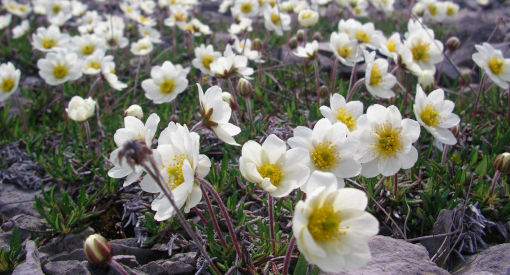
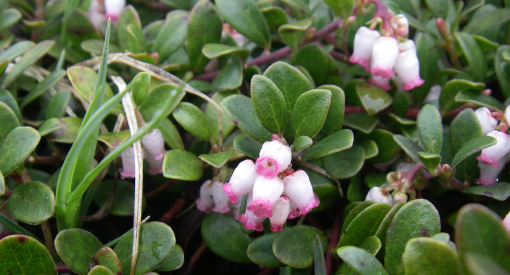
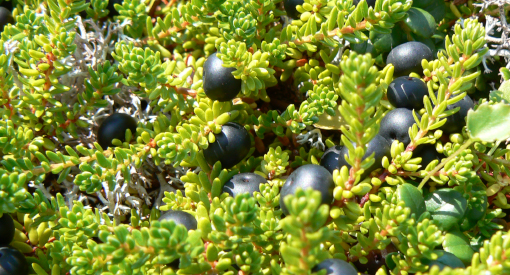
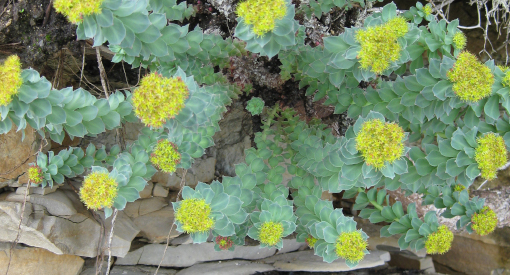

Shoreline
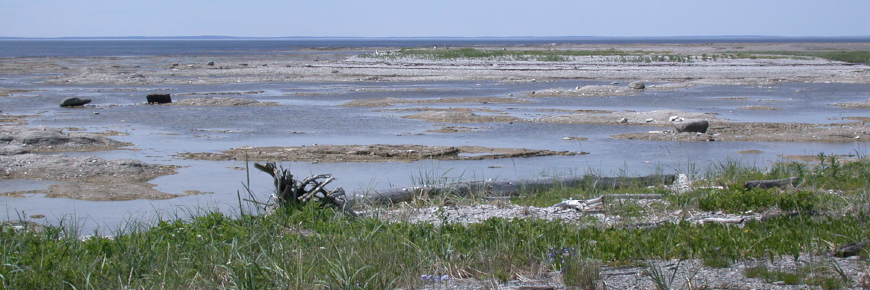
The presence of spray and the geological characteristics of the shoreline influence the composition of the plants found along the coasts of the various islands of the archipelago. These plants are remarkably well adapted to desiccation and salinity, as well as to the strong sea winds.
Some species present along the coast:
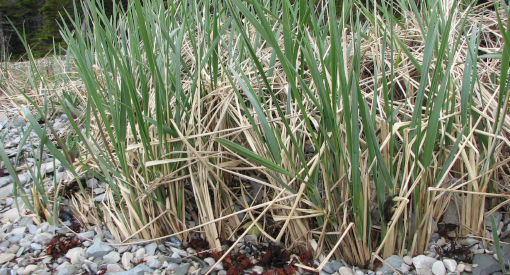
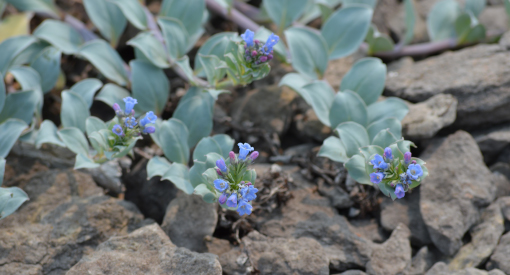
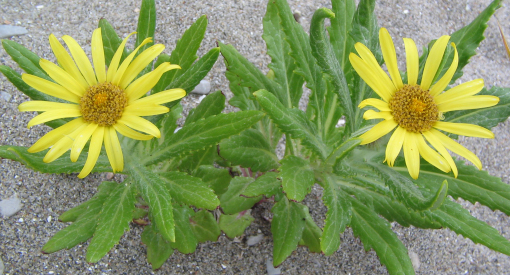
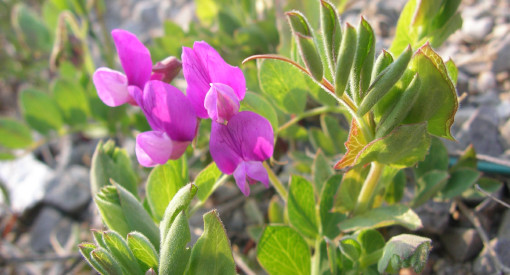
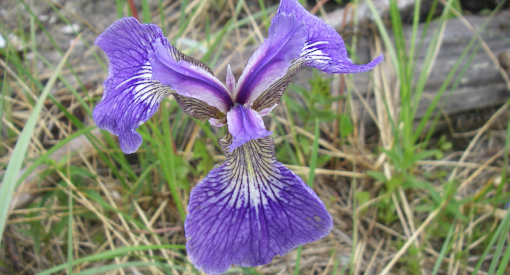
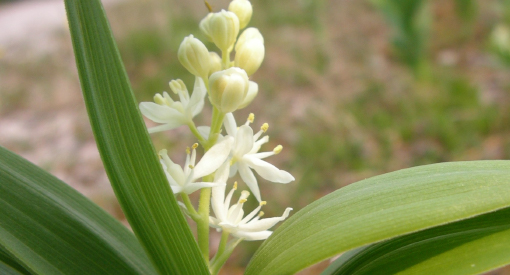
Rare Plants
The geological and climatic particularities of the archipelago have allowed the establishment of more than 80 species of rare plants. Rare plants are infrequently found plants, generally represented by a small number of individuals and occupying a restricted geographic distribution area. Certain specialized plants, with very specific needs, can also be considered rare even when they are abundant in numbers since their unique adaptations can confine them to a very localized habitat.
This close association with their habitat makes these plants good indicators for assessing the ecological vulnerability of an environment since they are more likely to be affected by disturbances than the more common and generalist plants. In addition to increasing biodiversity, rare plants play a unique ecological role in their environment. The dynamics of ecosystems can therefore be modified if they disappear. Because of their ecological value and their ability to react quickly to disturbances, several rare plants have been chosen as an indicator of the health status of the Mingan Archipelago National Park Reserve.
Some examples of rare plant species:
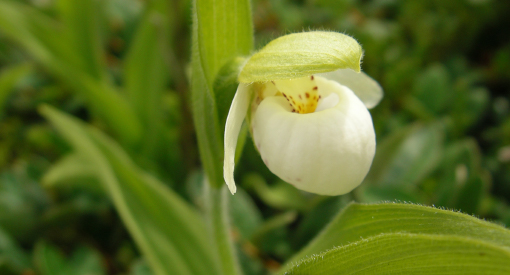
Sparrow's-Egg Lady's-Slipper
Subarctic orchid that grows in the shrubby barren near the coast of some islands, but also on the edge of the boreal forest. It is one of the few orchids capable of self-pollinating and belongs to the category of Cordilleran species from Western Canada.
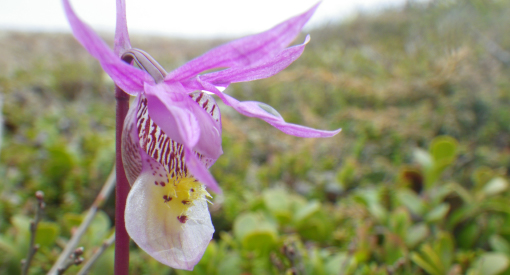
Calypso Bulbosa
A solitary orchid that prefers shaded areas in the boreal forest of certain islands. It normally does not live more than 5 years and the fragility of its root system which breaks very easily makes it very susceptible to disturbance.
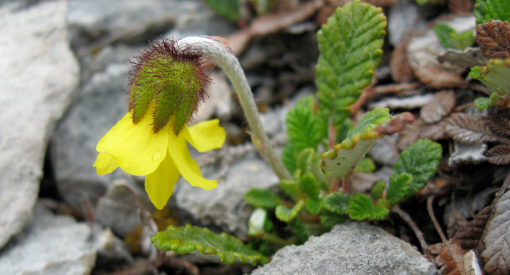
Drummond's Mountain-Avens
A dwarf shrub that has managed to establish itself in the rocky barrens or on the rocky outcrops of some islands following the last glaciation. Morphologically adapted to reduce water loss and the abrasive effects of winds, this pioneer species from Western Canada is likely to be affected by the expansion of more competitive plant species.

Brook Lobelia
The Mingan archipelago represents the northern limit of the distribution of this pretty herbaceous and perennial plant which is found in moist soil in the less acid bogs of some of the islands. It is a species that is restricted to limestone soils, which limits its distribution.
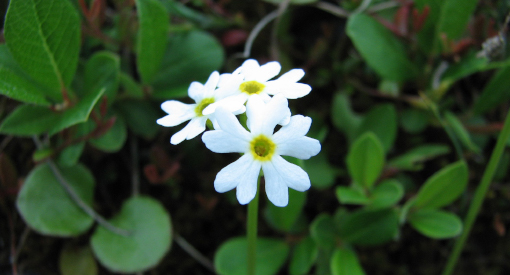
Greenland Primrose
The limestone soils of the Mingan Archipelago National Park Reserve constitute the southern limit of distribution of this arctic species. When the climate becomes harsh, the delicate flowers of this herbaceous and perennial plant develop close to the ground.
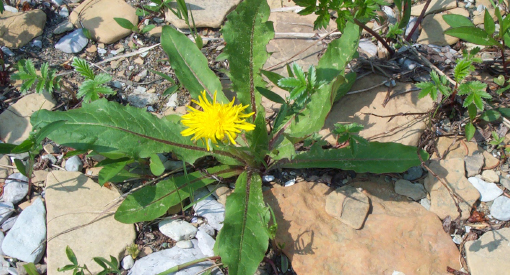
Laurentian Dandelion
Loin d’être une mauvaise herbe, cette espèce herbacée fait partie de la catégorie des espèces endémiques confinées au milieu côtier du golfe du Saint-Laurent. Il est très susceptible aux perturbations affectant son habitat et peut se trouver en compétition avec d’autres espèces de pissenlit.
Related links
- Date modified :